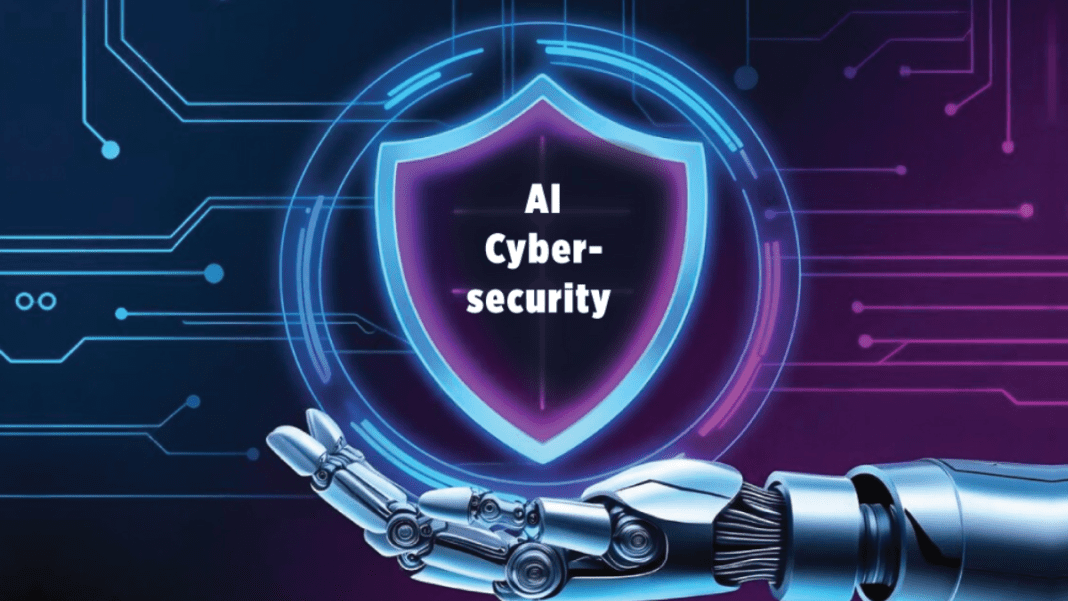The Double-Edged Sword of AI in Cybersecurity
Artificial Intelligence (AI), is changing how the world works. It is helping businesses make better decisions, faster. Many companies use it to find new trends, offer better products, and connect with customers in more personal ways. AI is also helping employees by handling boring and repetitive tasks, allowing people to focus on more important work.
In cybersecurity, AI is becoming a strong tool to fight threats. It helps security teams notice strange activity in computer systems and act quickly before damage happens. It’s like having an always-on digital guard that can see danger coming and stop it in time.
But there’s a problem. As helpful as AI is, it’s also becoming a major target for cybercriminals. Hackers are not only trying to break into AI systems—they’re also using AI themselves to launch smarter and more dangerous attacks. This means that AI now plays both sides in the battle: defending against threats while also helping attackers make those threats stronger.
A global study of 2,250 cybersecurity and IT professionals confirmed this concern. Many of them said they already use AI to improve their cyber defences, and even more plan to start soon. But at the same time, the majority of them are deeply worried about what AI might mean for their security in the long run.
How AI Helps Security – And Where It Raises Alarm
The use of AI in cybersecurity is growing fast. A large majority of organisations already use it, and many more say they’re planning to do so soon. Businesses are starting to rely on AI to help spot risks faster and manage day-to-day security work more efficiently.
AI tools can discover sensitive company data, protect it, and send alerts if anyone tries to access it without permission. These tools can also watch how devices behave and stop any strange or suspicious activity. In cloud environments—where companies store files and run services—AI systems can track behavior and quickly notice anything unusual.
Even with all these benefits, many experts feel uneasy. Almost all the professionals in the study said they believe AI will make their security job harder, not easier. The concern is focused on what they call the “attack surface,” which refers to all the ways hackers can get into a company’s digital systems. As companies invest more in AI, they also create more entry points for attackers.
Some of the biggest worries include the risk of private data being exposed, not knowing how or where AI systems store and process data, and the chance that an untrusted AI model could misuse sensitive information. There are also challenges with following cybersecurity laws, especially when AI systems connect to more devices and use more application interfaces.
Cyber experts are also closely watching large language models—AI tools that can understand and write text, like chatbots. These models can be tricked by special commands or attacked by adding bad information during their training.
When AI Becomes a Weapon for Hackers
AI isn’t just a target anymore. It’s now becoming a tool for cybercriminals. Hackers are using AI to make their attacks faster, more complex, and harder to stop. Over half of the cybersecurity leaders surveyed believe that AI-powered attacks will grow rapidly and become more dangerous.
Government agencies have also warned about this trend. In the coming years, there could be a big rise in the number of cyber threats powered by AI. These attacks may include advanced spying, finding weak points in systems, writing malicious software, and stealing data. Cybercriminals may also start using AI platforms that are easily available online to help them plan and launch attacks, even if they don’t have strong technical skills themselves.
🛑 Sanctions Slam Aeza! U.S. and UK Team Up to Shut Down Russia’s Ransomware Powerhouse
Many businesses are not yet ready for these risks. Nearly half of the security professionals said they don’t fully understand how AI works, and they want to learn more before using it in their own systems. Right now, most of them are focusing on checking their vendors, making sure AI tools are safe before trusting them.
Some companies are taking extra steps like creating detailed plans to manage AI security, reviewing the data that trains these tools, and following known security practices. They’re also working on blending AI security with their current systems and teaching employees how to stay alert when using AI tools.
As the use of AI grows, so does the need to control it. Businesses are racing to stay ahead, not just with the help of AI, but also by learning how to protect themselves from the very technology they’re trying to use.





